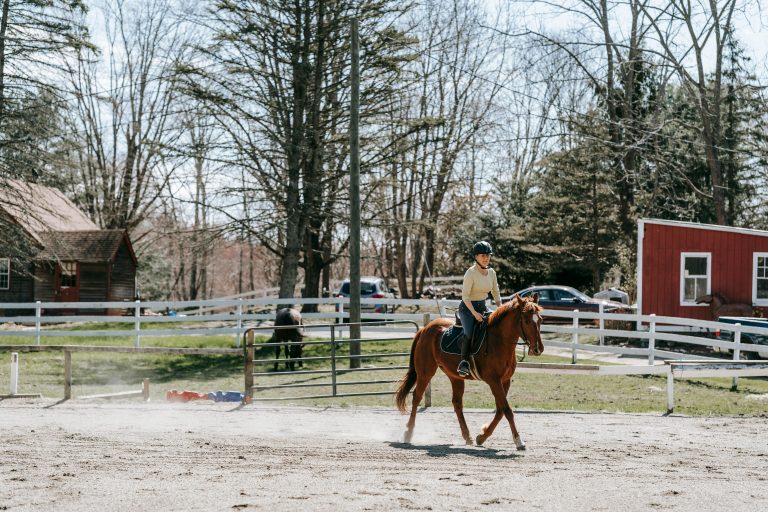Are Outdoor Activities Better Than Indoor or Indirect Activities?
Are Outdoor Activities Better Than Indoor or Indirect Activities? In the hustle and bustle of modern life, the choices we make regarding our daily activities play a significant role in shaping our physical and mental well-being. The age-old debate of whether outdoor activities surpass their indoor or indirect counterparts continues to intrigue health enthusiasts and professionals alike. Let’s delve into the realm of outdoor adventures and indoor pursuits to unravel the benefits, drawbacks, and the intricate balance needed for a fulfilling lifestyle.

The Benefits of Outdoor Activities
Physical Health Advantages
Outdoor activities offer a myriad of benefits for our physical well-being. From cardiovascular improvements to enhanced immune function, exposure to the outdoors can contribute to a healthier and more robust body.
Mental Health Benefits
Nature has a profound impact on mental health. Studies consistently show that spending time outdoors can reduce stress, anxiety, and depression. The soothing effect of natural surroundings is a balm for our overstimulated minds.
Social Interaction and Community Building
Engaging in outdoor activities often involves socializing and building connections. Whether it’s a group hike, a cycling club, or a team sport, the outdoors provides a conducive environment for fostering relationships and a sense of community.
Drawbacks of Indoor or Indirect Activities
Sedentary Lifestyle Concerns
Indoor activities, especially those involving screens, contribute to a sedentary lifestyle. Prolonged periods of sitting have been linked to various health issues, including obesity, heart disease, and musculoskeletal problems.
Lack of Exposure to Nature
Being indoors deprives us of the rejuvenating benefits of nature. Fresh air, sunlight, and the sights and sounds of the outdoors are essential for our overall well-being, and missing out on them can have adverse effects.
Impact on Mental Health
Indirect activities, such as excessive screen time or sedentary hobbies, can negatively impact mental health. The lack of variety and stimulation may lead to feelings of boredom and dissatisfaction.
The Impact on Cognitive Function
Studies on the Cognitive Benefits of Outdoor Activities
Research indicates that exposure to nature can enhance cognitive function. Outdoor activities stimulate creativity, improve concentration, and may even prevent cognitive decline associated with aging.
Contrast with Potential Drawbacks of Indirect Activities
While technology and indoor pursuits offer their own cognitive stimulations, excessive screen time can lead to digital fatigue and may negatively affect attention span and cognitive performance.
Incorporating Outdoor Activities into Daily Life
Simple Ways to Include Outdoor Activities
Incorporating outdoor activities into your routine doesn’t always require grand gestures. Simple activities like walking in the park, gardening, or picnicking can make a significant difference.

Balancing Outdoor and Indoor Activities
The key to a well-rounded lifestyle is balance. Balancing outdoor and indoor activities ensures that you enjoy the benefits of both worlds without compromising your overall well-being.
Seasonal Considerations
Adjusting Activities Based on Weather
Different seasons offer unique opportunities for outdoor activities. Adjusting your choices based on the weather ensures that you can engage in outdoor pursuits year-round.
Year-Round Engagement for Overall Well-being
Consistent engagement in both outdoor and indoor activities throughout the year promotes overall well-being. This approach takes into account seasonal variations and ensures a diverse range of experiences.
Addressing Perplexity in Activity Choices
Recognizing Personal Preferences and Limitations
Everyone is unique, and so are their preferences and limitations. Recognizing what activities resonate with you and understanding your constraints is crucial for crafting a sustainable and enjoyable routine.
Finding a Diverse Range of Activities for Holistic Well-being
Diversity in activities prevents monotony and caters to different aspects of well-being. Combining physical, mental, and social activities ensures a holistic approach to health.
Busting the Myth: Indoor Activities Can Be Beneficial Too
Examples of Productive Indoor Activities
Indoor activities are not inherently negative. Productive pursuits like reading, writing, or learning a new skill indoors contribute positively to personal development and satisfaction.
Creating a Balance for a Well-rounded Lifestyle
Rather than pitting outdoor against indoor activities, the key is to strike a balance. A well-rounded lifestyle encompasses the best of both worlds, fostering a harmonious and fulfilling existence.
Burstiness in Activities for Maximum Enjoyment
Exploring Diverse Activities for Bursts of Excitement
Burstiness in activities refers to incorporating moments of excitement and novelty. Trying new activities, pushing boundaries, and exploring diverse interests add zest to life.
Preventing Monotony and Boredom in Routines
Monotony can be the enemy of motivation. Introducing bursts of excitement in your routine keeps things interesting and ensures that you stay engaged and passionate about your activities.
The Role of Technology in Enhancing Outdoor Experiences
Apps and Gadgets for Outdoor Enthusiasts
Technology can complement outdoor experiences. Apps for tracking hikes, gadgets for measuring performance, and virtual maps can enhance your outdoor adventures without disconnecting from nature.
Using Technology to Complement Outdoor Activities
Embracing technology doesn’t mean forsaking the outdoors. Smartly integrating tech into your outdoor pursuits can enhance safety, provide valuable information, and add a layer of enjoyment.
Sustainability and Eco-Friendly Outdoor Choices
Making Environmentally Conscious Activity Decisions
As outdoor enthusiasts, it’s essential to make sustainable choices. Respecting nature, minimizing waste, and choosing eco-friendly gear contribute to the preservation of our precious outdoor spaces.
The Importance of Preserving Outdoor Spaces
The very activities we love are dependent on the preservation of the environment. Being mindful of our impact ensures that future generations can also enjoy the beauty of the outdoors.
Connecting with Nature for Mental Well-being
Mindfulness and Outdoor Activities
Nature provides a perfect setting for mindfulness. Being present in the outdoors, observing the beauty around you, and disconnecting from the noise of daily life contribute to mental well-being.
The Therapeutic Impact of Nature on Mental Health
Nature has a therapeutic effect on mental health. Whether it’s the sound of running water, the sight of greenery, or the fresh air, these elements can have a calming and rejuvenating impact on the mind.
Balancing Screen Time with Outdoor Engagement
The Dangers of Excessive Screen Time
Excessive screen time is a prevalent concern in the digital age. It’s associated with various health issues, including eye strain, sleep disturbances, and a sedentary lifestyle.
Strategies for Reducing Screen Time and Increasing Outdoor Activities
Being mindful of screen time and consciously reducing it opens up opportunities for outdoor engagement. Setting limits, scheduling outdoor breaks, and establishing tech-free zones contribute to a healthier balance.
Engaging in Group Outdoor Activities
The Social Benefits of Group Outdoor Experiences
Group outdoor activities provide a unique avenue for social interaction. Whether it’s a hiking club, a cycling group, or a team sport, shared outdoor experiences strengthen bonds and create lasting memories.
Building Relationships Through Shared Activities
The camaraderie formed during outdoor adventures can translate into meaningful relationships. Shared challenges, victories, and the joy of exploration create a strong foundation for lasting connections.
Conclusion: Are Outdoor Activities Better Than Indoor or Indirect Activities?
In the grand scheme of a healthy and fulfilling lifestyle, the choice between outdoor and indirect activities is not a binary one. The secret lies in embracing both, understanding the unique benefits each offers, and crafting a personalized routine that aligns with your preferences and goals. So, lace up those hiking boots, but don’t forget to savor a good book indoors. It’s the delicate dance between the two that leads to a truly enriching life.




Leave a comment